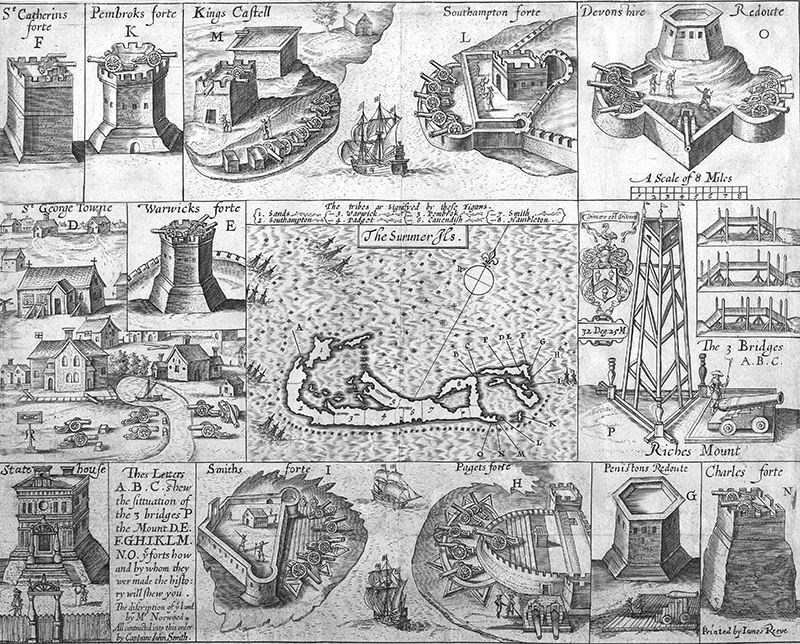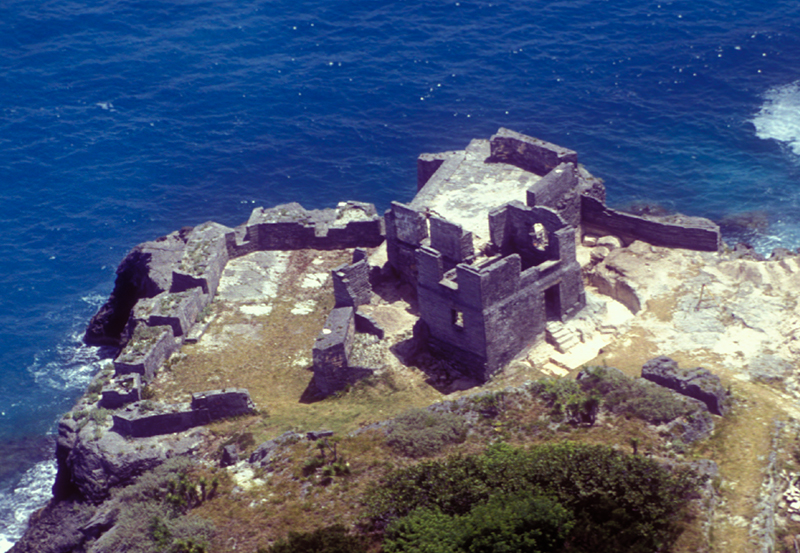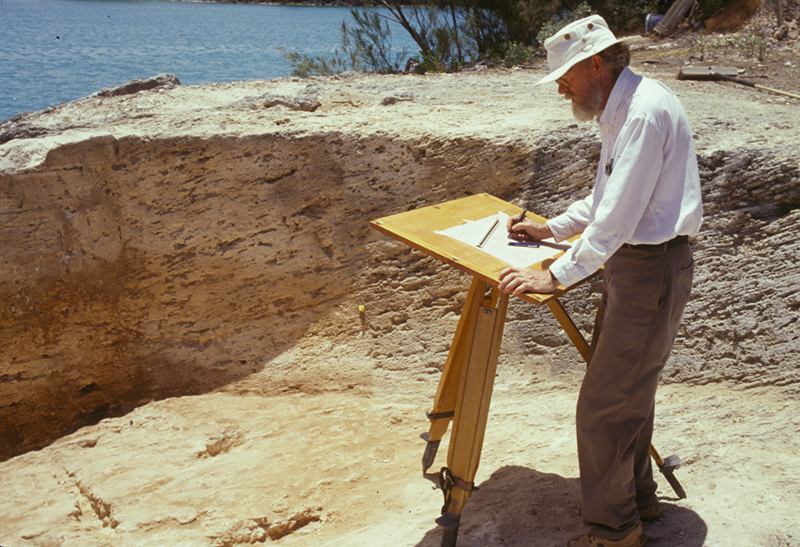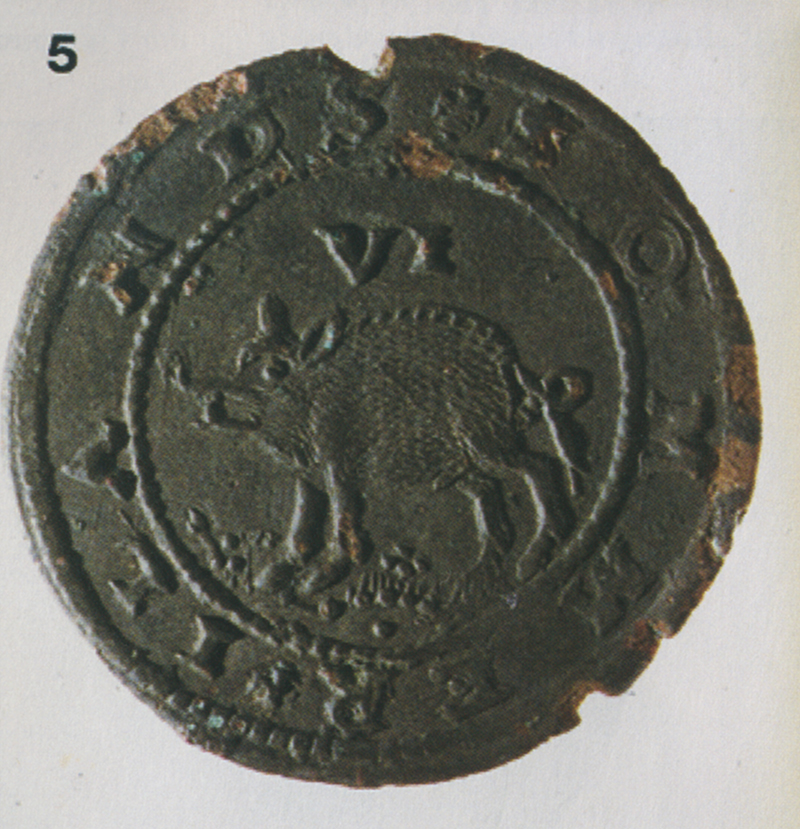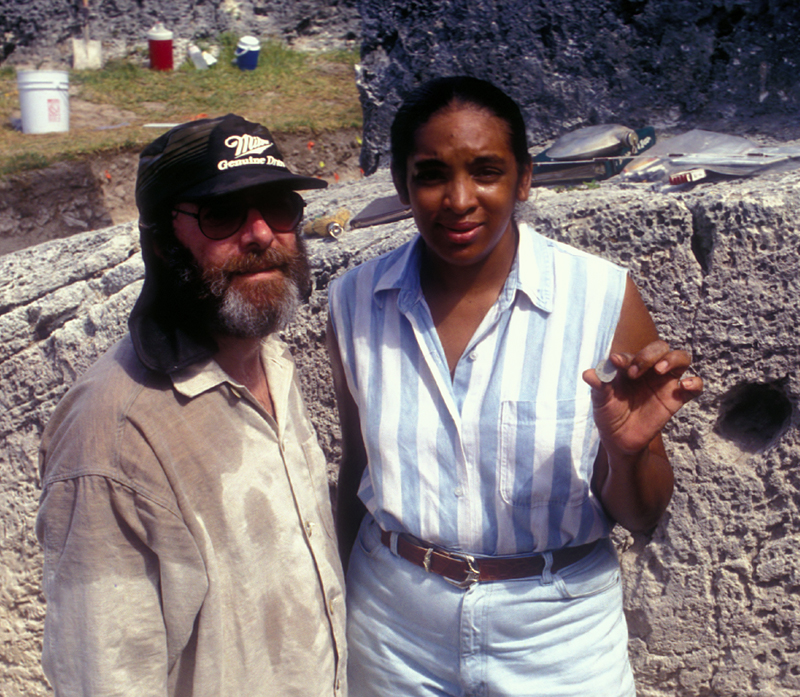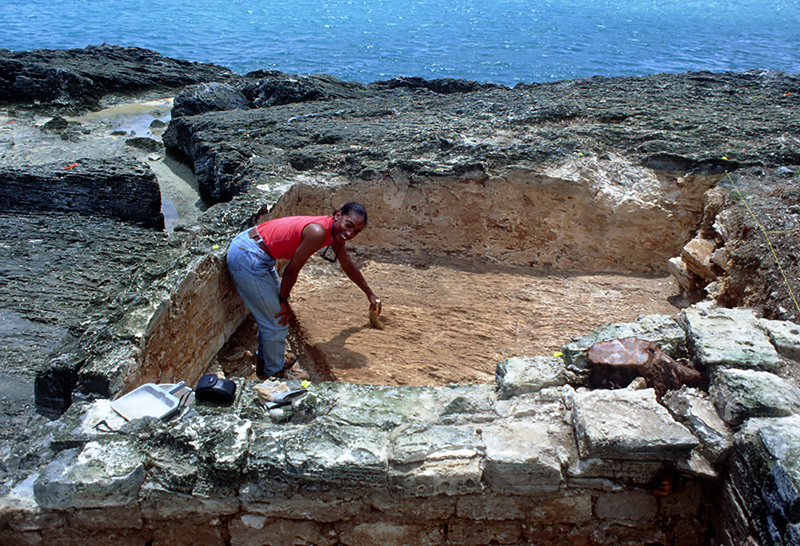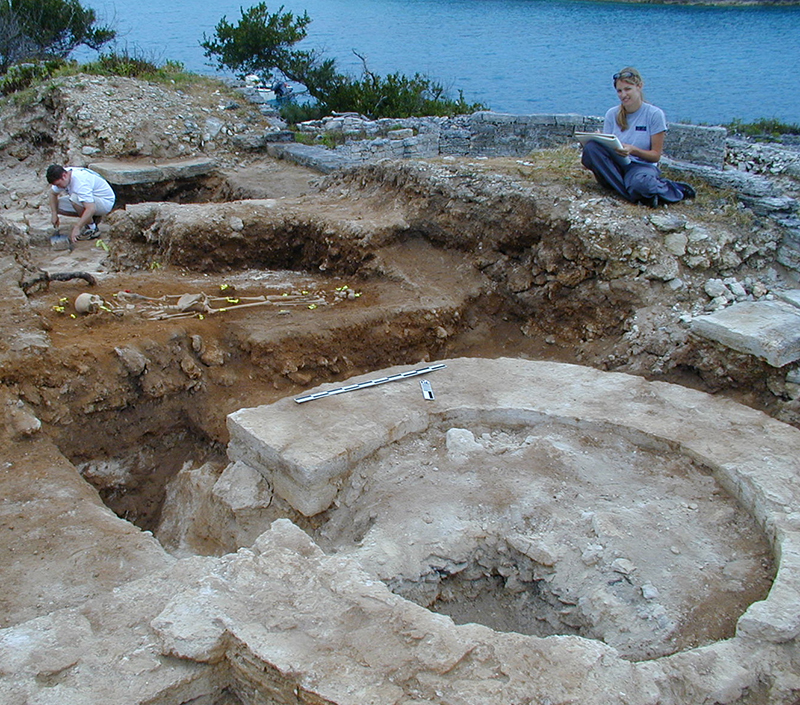Archaeological Materials Returned To Bermuda
Thirty-six boxes of 17th century archaeological material have returned to Bermuda after study at William and Mary, Williamsburg, Virginia.
A spokesperson said, “The returned materials include archaeological finds and records relating to the First Forts Project, undertaken between 1993 and 2003 by the Department of Anthropology at the College of William & Mary and the National Museum of Bermuda [formally known as Bermuda Maritime Museum], with the support of the Bermuda Parks Department. The thousands of artifacts and specimens have now been cleaned, catalogued and studied and will remain with the National Museum of Bermuda [NMB].
“Directed by archaeologists Dr. Norman F. Barka of William and Mary, and Dr. Edward C. Harris of the then Bermuda Maritime Museum, a team of students and volunteers excavated, recorded, mapped, and photographed five forts built between 1612 and 1622. The sites are the earliest stone structures in Bermuda and include King’s Castle and Devonshire Redoubt on Castle Island; Paget Fort and Peniston’s Redoubt on Paget Island; and Smith’s Fort on Governor’s Island. These forts—the best-preserved sites of their type in the world—were inscribed as part of Bermuda’s World Heritage Site in 2000.
“Artefacts found on the digs reflect daily life at the forts, and include, among other things, pottery and tobacco pipe fragments; flat and bottle glass; copper and iron nails; musket balls and gunflints; buttons and coins; and bones. A significant assemblage of bones at King’s Castle—representing cahows, fish, turtles, domesticated animals, lobsters, and crabs—shed light on diet and told the story of species exploitation in the 1600s and 1700s.
“Other unexpected finds included 19 pieces of rare Hogge money buried in the ditch at King’s Castle; over 700 late 18th and early 19th century military buttons at Paget Fort which may have originally fallen into a privy; and the bodies of two men at Smith’s Fort, dated to the late 1700s, who may have been stonecutters, masons or boatmen.
“Outcomes from the First Forts Project include a number of important publications, including reports in the Bermuda Journal of Archaeology and Maritime History and several Master’s dissertations at the College of William and Mary and University College London. All of the finds and archaeological records from the Project are kept at NMB where they are managed, preserved and available for further study.”
Dr Deborah Atwood, NMB Curator shared, “For over four decades, NMB has forged partnerships with local and international institutions to conduct archaeological research projects that uncover and safeguard Bermuda’s cultural heritage. Archaeology in Bermuda transcends mere discovery; it is about deepening our understanding of our past. The artefacts unearthed are invaluable links to our past, serving as essential resources for education, research, and public engagement.
“Through meticulous excavation and comprehensive research, we can unravel the social structures, technologies, and cultures that have shaped Bermuda and its Atlantic connections. This knowledge is vital for appreciating the diversity and resilience of past societies and providing tools to learn from the past to guide the present and future. We appreciate our longstanding partnership with William and Mary and are pleased that the archaeological assemblage and records have returned home to be preserved for future generations.”
Captain John Smith’s 1624 map showing the early forts
King’s Castle from the air
Dr Norm Barka at Paget Fort
Royal Artillery button from Paget Fort

The finest known example of Hogge money: a sixpence from King’s Castle
Bermudian Vernee Simmons working on the excavation of Paget Fort
BMA staff Malcolm Williams and Leanora Stovel-Smith with a Hogge shilling
Bermudian Jenna Judd working at Smith’s Fort

